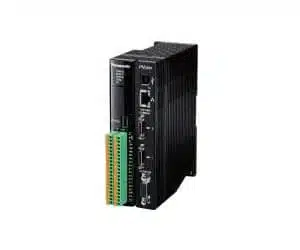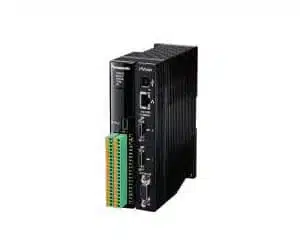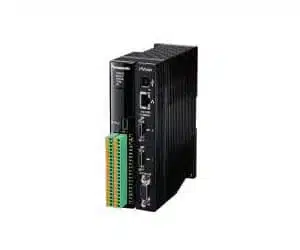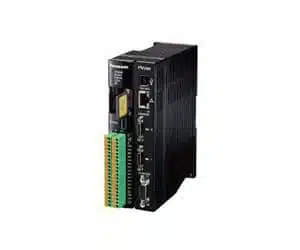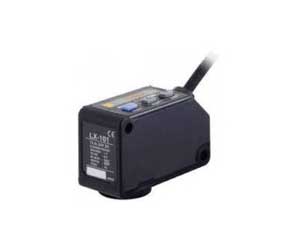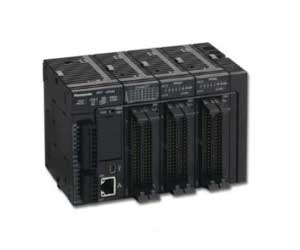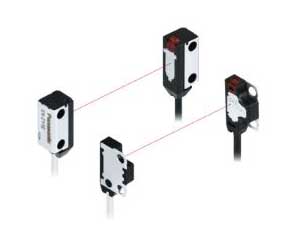Panasonic Vision System
Are you looking for Panasonic Vision System? Panasonic machine Vision offers Suggestions for a Machine Vision System for Alignment, Solutions for Optical Character Recognition (OCR) and 1D / 2D Code Reading (CR), Robot setup made simple! Introducing true robot vision and more. IndMALL provides affordable prices compared to Panasonic Sensors Dealers or Panasonic Distributors in Coimbatore, Chennai, Hyderabad, Bangalore, Pondicherry, and PAN India.
Panasonic Vision System: PV260 Series
- CPU: 32-bit RISC & DSP.
- Camera Inputs: Supports up to two 0.3M or 2M grey/color cameras.
- Display Output: Analog RGB (640 x 480).
- Memory Card Compatibility: SD/SDHC.
- PLC Communication: RS-232C and Ethernet.
- I/O Ports: 14 inputs, 15 outputs; USB: USB 2.0, A-B type.
- Shutter Speed Range: 30 µs to 1,000 ms.
Panasonic Vision Systems: PV240 Series
- CPU: 32-bit RISC & DSP.
- Camera Inputs: Supports up to two 0.3M or 2M grey/color cameras.
- Display Output: Analog RGB (640 x 480).
- Memory Card Compatibility: SD/SDHC.
- PLC Communication: RS-232C and Ethernet.
- I/O Ports: 14 inputs, 15 outputs.
- USB: USB 2.0, A-B type; Shutter Speed Range: 30 µs to 1,000 ms.
Panasonic Machine Vision System: PV230 Series
- CPU: 32-bit RISC & DSP.
- Camera Inputs: Supports up to two 0.3M or 2M grey/color cameras.
- Display Output: Analog RGB (640 x 480).
- Memory Card Compatibility: SD/SDHC.
- PLC Communication: RS-232C and Ethernet.
- I/O Ports: 14 inputs, 15 outputs; USB: USB 2.0, A-B type.
- Shutter Speed Range: 30 µs to 1,000 ms.
Panasonic Machine Vision Systems: PV200 Series
- CPU: 32-bit RISC & DSP.
- Camera Inputs: Supports up to two 0.3M or 2M grey/color cameras.
- Display Output: Analog RGB (640 x 480).
- Memory Card Compatibility: SD/SDHC.
- PLC Communication: RS-232C and Ethernet.
- I/O Ports: 14 inputs, 15 outputs; USB: USB 2.0, A-B type.
- Shutter Speed Range: 30 µs to 1,000 ms.
Product List:
| Model No | Image | Type | Capture Element | Pixels | Frame rate | Lens mount |
|---|---|---|---|---|---|---|
| ANPVC1040 |  |
0.3M grey | 1/3-inch CCD fixed image element | 640 horizontal x 480 vertical pixels | 120 frames/sec max. | C Mount |
| ANPVC2040 |  |
0.3M color | 1/3-inch CCD fixed image element | 640 horizontal x 480 vertical pixels | 120 frames/sec max. | C Mount |
| ANPVC2260 |  |
2M color | 1/1.8-inch CCD fixed image element | 1,600 horizontal x 1,200 vertical pixels | 30 frames/sec max. | C Mount |
| ANPVC5030 | 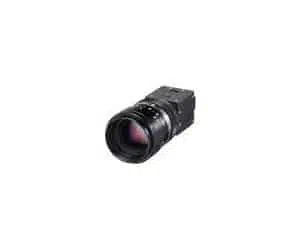 |
0.3M grey compact | 1/3-inch CMOS fixed image element | 640 horizontal x 480 vertical pixels | 90 frames/sec max. | NF mount (Note 2) |
Frequently Asked Questions
What are the different types of Machine Vision System?
Machine vision systems can be categorized into three main types: Smart camera-based vision systems, PC-based vision systems, and compact vision systems. Smart camera-based systems integrate both imaging and processing capabilities.
PC-based vision systems offer high processing power and flexibility. Compact vision systems provide a smaller footprint, ideal for space-constrained applications. Each type serves different industrial needs based on complexity and scale.
What do you mean by a machine vision system?
A machine vision system refers to technology that enables industrial equipment to visually inspect and analyze its environment. It allows machines to “see” and make rapid decisions based on visual inputs.
Common applications include visual inspection and defect detection, precise positioning and measurement of parts, and the identification, sorting, and tracking of products. This technology enhances accuracy and efficiency in various industrial processes.
What are the levels of machine vision?
Machine vision applications are typically categorized into three levels: simple, moderate, and complex. Simple applications involve basic tasks like presence detection and barcode reading.
Moderate applications include more intricate tasks such as pattern recognition and part inspection. Complex applications encompass advanced processes like 3D imaging and robotic guidance, requiring sophisticated analysis and processing. These levels vary based on industry and production environment needs.
What size sensor is machine vision?
The size of sensors in machine vision systems varies widely, depending on the application and required resolution. Common sizes range from 1/4 inch to over 1 inch. Larger sensors are typically used for high-resolution imaging, while smaller sensors are sufficient for basic tasks. The choice of sensor size impacts image quality and field of view.
Share your Panasonic Vision System requirement to sales@indmall.in

